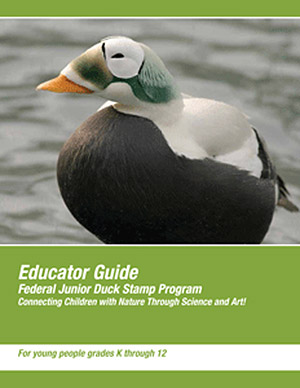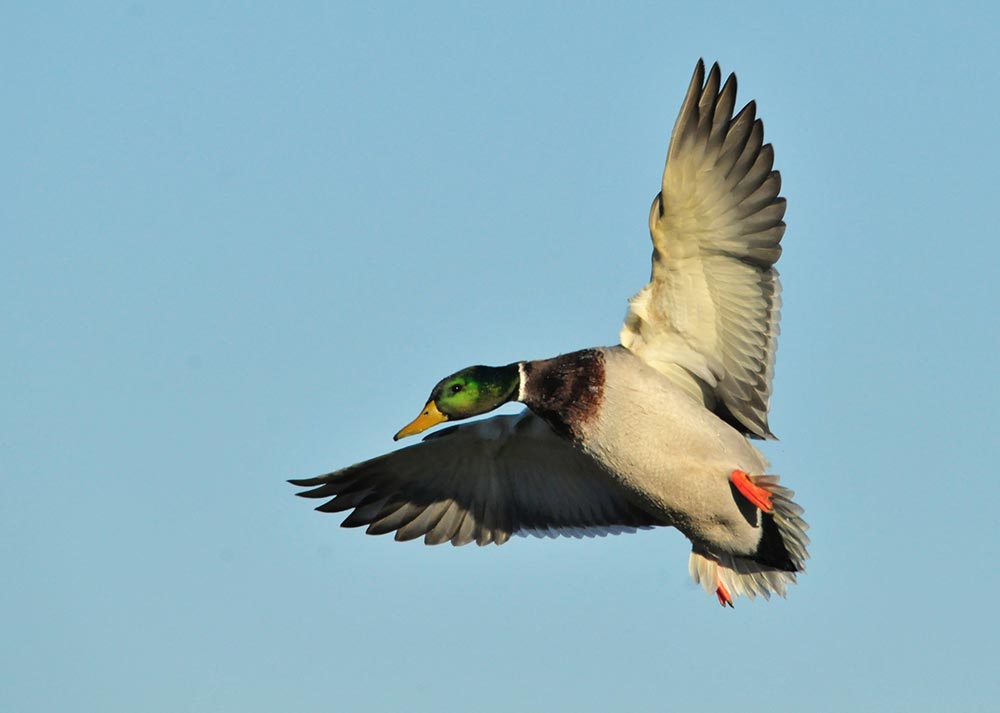Waterfowl
Join Chelsea Mckinney in the sky to fly over waterfowl habitat and learn more about migratory birds, waterfowl, and life as a pilot biologist for the U.S. Fish and Wildlife Service.
Take a closer look at one of the waterfowl species that is studied by the Fish and Wildlife Service, the Hooded Merganser, (Lophodytes cucullatus) These diving ducks find food in the water of small lakes and ponds, but need holes in tall trees like spruce, pine and elder to nest. Mergansers are identified by their bright colors. The male boasts a splendid black and white crown and chestnut side flanks. When it wants to attract a female it jerks its head, showing off the crown while making a loud croaking sound. The females respond by bobbing their cinnamon-colored heads and making a hoarse “gack” sound. Merganser nests may be as high as fifty feet above the surface. Because the special holes they need may be hard to find, they sometimes move into nests that other birds have made. One-day old merganser babies take a great dive from nest to forest floor! Mother calls them down, then leads them on a (sometimes quite long) walk to the water. Not all mergansers migrate. Most breed in the northern US and Canada and move south for the winter but some take up permanent homes in the middle states. Think about these behaviors as you answer the questions in this activity.






